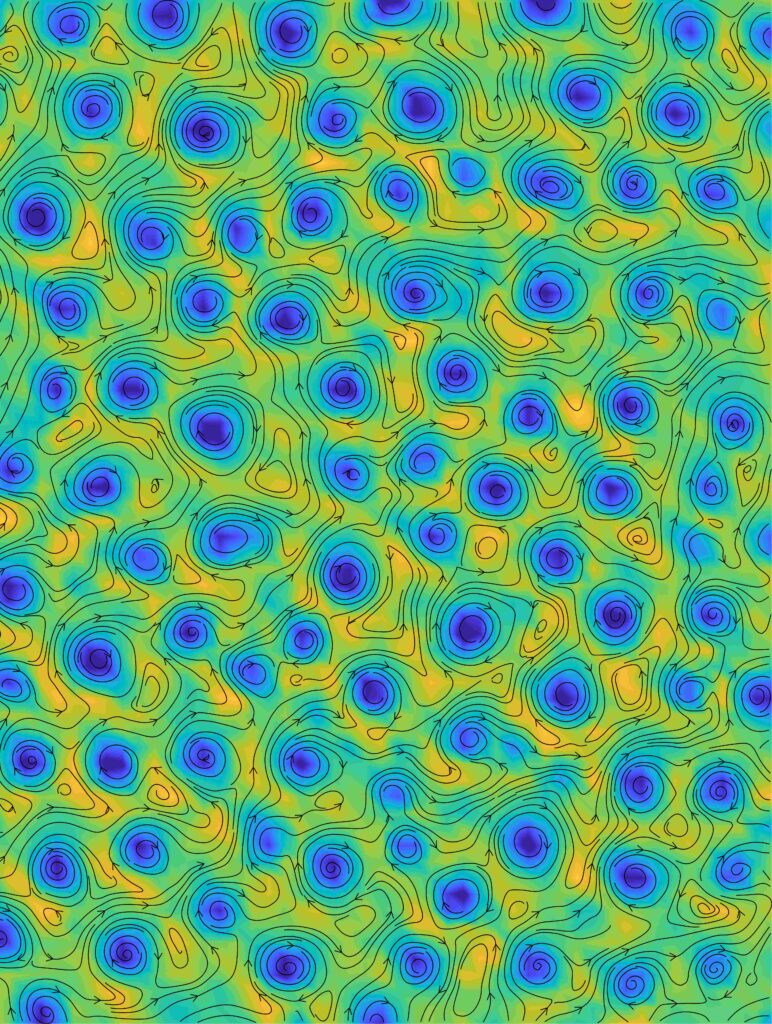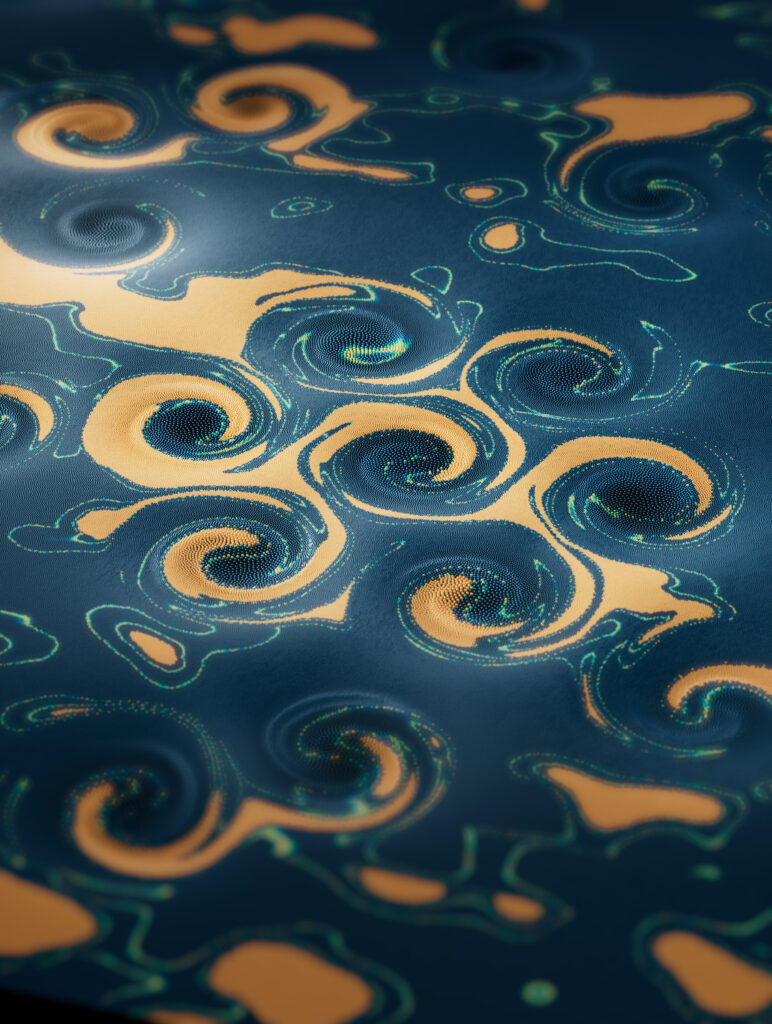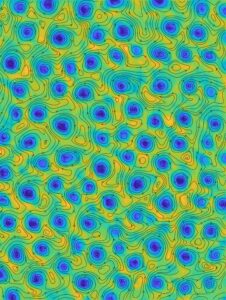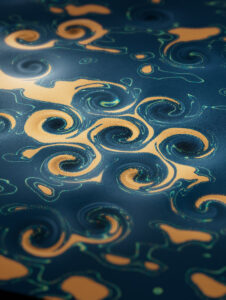CUHK
News Centre
CUHK physicists discover new mechanism for spontaneous large-scale pattern formation in living matter
- The research team calls this purely physical mechanism “self-enhanced mobility”
- The breakthrough may shed light on bio-inspired materials, regenerative medicine and self-propelled micro/nano devices
The formation of self-organised structures governs the orderly operation of living systems[1]. Ranging from subcellular organelle biogenesis to embryo development, self-organised, ordered spatial structures formed by aggregation of cells are common in living systems, and play important physiological functions. The formation of such structures has generally been explained as a result of intricate chemical signalling. The Living Matter Physics laboratory of the Department of Physics at The Chinese University of Hong Kong (CUHK) has discovered “self-enhanced mobility” – a simple, physical mechanism for spontaneous formation of ordered spatial patterns in living systems. This study, coauthored by Dr Xu Haoran, a postdoctoral fellow of CUHK’s Department of Physics and his mentor Professor Wu Yilin, who leads the laboratory, has recently been published in the scientific journal Nature.
Professor Wu’s team focuses on research into living active matter (or non-equilibrium matter). A fast-growing, interdisciplinary field, active matter science studies systems consisting of units where energy is spent locally to generate mechanical work. Active matter includes all living organisms from cells to animals, biopolymers driven by molecular motors, and synthetic, self-propelled materials. Principles of self-organisation – the process of producing ordered structures via interaction between individual units – learned from these systems could find applications in regenerative medicine, biologically inspired materials or micro/nano robotics.
Regular vortex patterns discovered from observing turbulence in living matter
Turbulence is often seen in nature. It occurs in diverse systems such as rivers and air (as whirlpool and whirlwind, for example), quantum fluids consisting of cold atoms, biological fluids consisting of living cells, and even interstellar matter in galaxies. Turbulence is usually random, disordered and transient. The duo’s study began by investigating the patterns of active turbulence in dense, active fluids composed of living bacteria.
The two CUHK biophysicists discovered for the first time that living fluids consisting of motile bacteria, a type of active matter, spontaneously produce a regular vortex pattern with multiscale order. The vortices each consisted of several tens of thousands of micron-sized motile bacteria. The vortices were arranged in space at a centimetre scale with apparent hexagonal order, while individual cells in the vortices moved in coordinated directions. Single-cell tracking and numerical simulations suggest that the phenomenon arises from the fact that the speed of individual cells increases with the order of local cellular movement. The duo calls this mechanism “self-enhanced mobility”.
Novel physical mechanism to explain the formation of ordered biological structures
In biology, the emergence of ordered spatial patterns is often believed to be driven by chemical mechanisms, such as intricate chemical signalling among cells and genetic regulation. This study describes a brand-new physical mechanism that allows living matter to create ordered spatial structures spanning vast scales through pure physical interactions.
“Our study provides a novel physical mechanism to understand the emergence of large-scale ordered structures in living systems,” according to Professor Wu. “Compared with chemical or genetic regulation, this physical mechanism is a much simpler way to explain the formation of biological structures. The mechanism may help to understand ordered flow pattern in cell cytoplasm and large-scale motion pattern of cells in developing embryos of animals. It is possible that our findings will be applicable to tissue engineering in regenerative medicine and in fabricating new bio-inspired devices or materials.”
“More generally, this mechanism may also explain the emergence of order in other active matter systems near the boundary of fluid-like and solid-like behaviours,” added Dr Xu. “Its applications could be extensive.”
The study is supported by the Research Grants Council of Hong Kong, the Ministry of Science and Technology of China, the National Natural Science Foundation of China and the New Cornerstone Science Foundation. The full text of the research paper can be found at: https://www.nature.com/articles/s41586-024-07114-8
[1] The eight levels of living systems are, increasing in complexity: cells, tissues, organs, organ systems, organisms, populations, communities and ecosystems.







